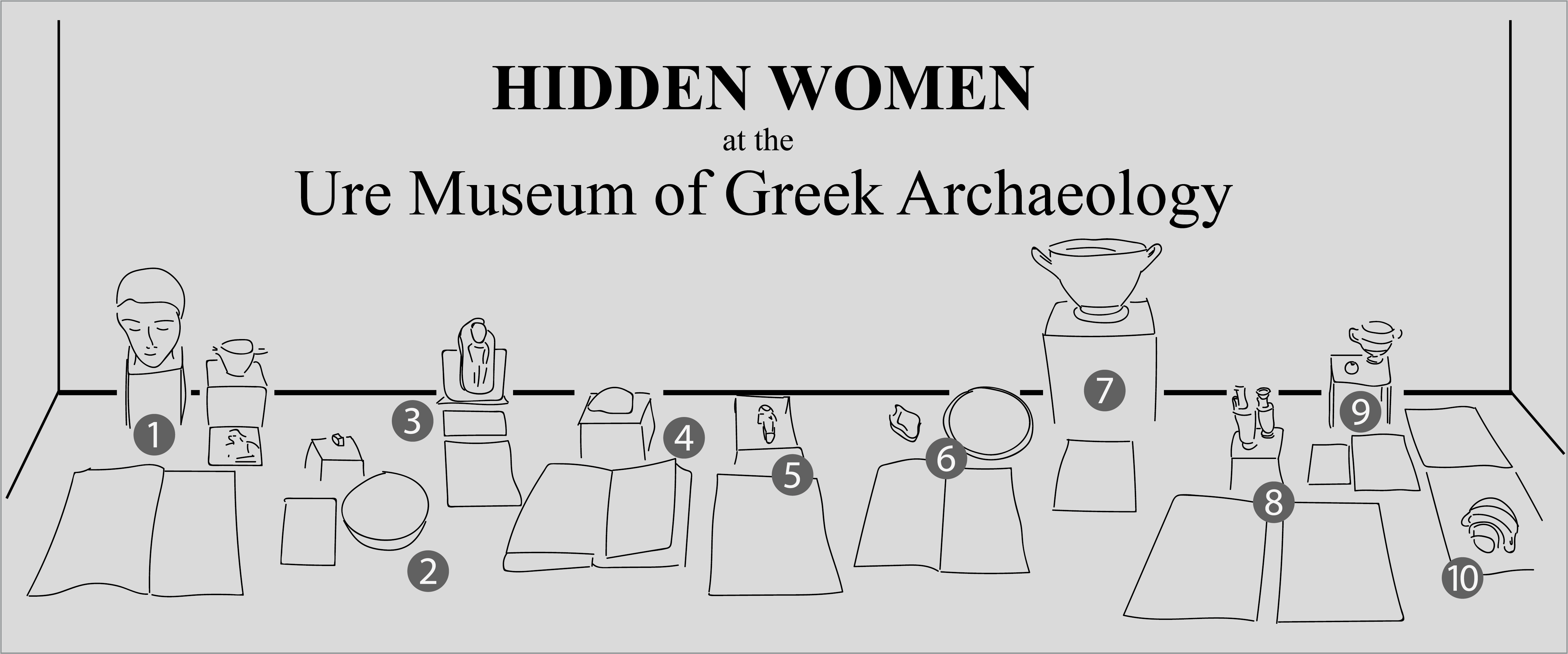Henrietta Lawes grew up in a comfortable home in Berkshire; her father was a successful miller and owned Caversham Mill in Caversham.
It is unclear where her interest in ancient Egypt originated but in 1899, age 38, she joined Hilda Petrie and Flinders Petrie in Egypt to take part in excavations at Hu (Hiu), the site of an ancient city known as Diospolis Parva. Many graves were uncovered during the excavations. Flinders Petrie’s journals, now in the Griffith Institute at Oxford University, indicate that she and fellow Hu team-member Beatrice Orme were responsible for marking skeletons and pots, drawing pots, and being informal collections-managers in the field.
On her death, Henrietta Lawes left a number of ancient Egyptian artefacts to the Museum of Greek Archaeology at Reading; she also donated ancient Egyptian artefacts to the Reading Museum.
OBJECTS
1 Spindle whorl from Hu [Diospolis Parva], Egypt. [Ure Museum E.62.32].
2 West Slope Ware kantharos, decorated with bearded male masks atop the handles and incised vegetable wreath and bands. From Egypt,3rd century BC. Bequest of H Lawes, 1947 [Ure Museum 47.6.3].
ARCHIVES
1 Reproduction of the front cover of the exhibition catalogue for Flinders Petrie’s 1899/1900 season at Diaspolis Parva and a page describing the work of the Petries and their students, including Henrietta Lawes and Beatrice Orme [courtesy of the Petrie Museum of Egyptian Archaeology, UCL].
Read more about Henrietta Lawes in “Miss Lawes’ Library“, a blog post created to complement the Ure Museum’s “Egypt in Reading” exhibition.
Move forward to Nora (Kershaw) Chadwick.
Go back to Anne Mary Wickes.


